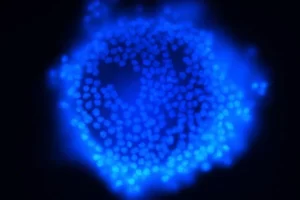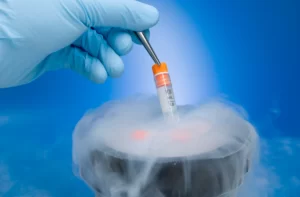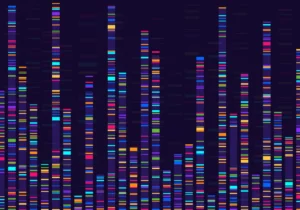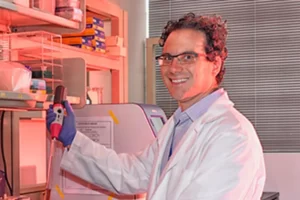Single Cell RNA-Seq versus Single Nuclei RNA-Seq: Accounts from the Lab
Both single cell RNA-seq (scRNA-seq) and single nucleus or nuclei RNA-seq (snRNA-seq) are relatively new techniques – both have varying applicability across tissue/sample types, uncertainties arising from technical issues and biological variation are still being quantified. Technical issues arise from variability in mRNA capture efficiency and cDNA amplification bias. Biological variation arises from the heterogeneity of cells and stochastic factors in transcription. While experimental bias in bulk RNA-sequencing is well studied, with scRNA-seq the issue of dropouts is still a problem due to extremely low amounts of starting material, and thus false negative expression. In certain cell types, single nuclei isolation confers many advantages compared to whole cell analyses: nuclei can be easily isolated without the use of enzymes, and they are more resistant to physical stresses compared to cells. Furthermore, nuclei can be obtained from frozen or lightly fixed tissues, which expands access for researchers to study a wide range of tissues and samples. At this point, quite a few accounts of research show that nuclei accurately recapitulate whole cell transcriptional patterns.
A recent account of snRNA-Seq research, published as “An Analysis of Cellular Identities in the Murine Striatum Using Single Nuclei RNA-Sequencing”, which is the doctoral dissertation of Eva Xia (September 2020, Graduate Faculty of the Graduate School of Biomedical Sciences, Neuroscience Doctoral Program, Icahn School of Medicine at Mount Sinai, NY) describes an optimized Drop-seq protocol to profile single nuclei with lower technical noise and higher sequencing efficiency (more UMIs/read). Furthermore, Xia’s protocol has the benefit of improved cost efficiency with documented library preparation costs of $0.05 per cell, which is around 80% less than commercial scRNA-seq platforms such as 10X Genomics. Xia also demonstrated generation of quality data with comparatively low batch effects that can be successfully clustered into meaningful biological cell types with very low sequencing depth.
As noted, the choice of snRNA-Seq versus scRNA-Seq is partly dependent on sample/cell type. Whole cell Drop-seq can start with frozen archived materials and is applicable to tissues that are difficult to dissociate, such as the adult brain. Whole cell protocols, though, require fresh tissue, which is not always possible to obtain, especially for human subjects. In the context of Xia’s research which involves the murine striatum, harsh enzymatic dissociation can damage the integrity of cells and their mRNA content, as well as bias towards more easily dissociable cell-types, and this is especially true for brain tissue, the focus of her research. Neurons are heterogenous in size and shape, which makes for tricky dissociation. Enzymatic and physical perturbations caused by dissociation can affect the integrity of RNA signatures and some neurons are more vulnerable to the dissociation process, which will ultimately bias representation in the sequenced dataset. In the adult human neocortex for example, non-neuronal cells survive the dissociation process better than neuronal cells and are thus over-represented in the dataset.
Inasmuch as she was focusing on brain tissue, enzymatic dissociation in particular, was not optimal but rather her custom Drop-seq nuclei purification was better. Previous research from other labs has shown that individual nuclei offer sufficient transcripts to define broad cell classes in adult human brain and the mouse hippocampus and this recent dissertation adds to that body of literature.







